What Does It Take To Make A Book?
The events of the last few days has me in the fervor of a new writer--specifically since my finally decided to publish his works. I'm so excited for him--and it got me thinking.
How many talented people are holding back because of the unknown?
If you've tried to write a book of any kind, you learned sitting down and writing is part of the process, but it's not that simple. There's a great deal involved in the process of making a book--especially when you self-publish.
 This was before we had Nooks, Kindles, Sony Readers or iPads. I’ll have you know that it was also before Marvel, DC, Image or any of the other big publishers took a step into the arena to take over. Independent creators, like myself, were ahead of the curve, as well as the dinosaur corporations with wide turning arcs — usually the case in life.
For just under a buck, these traditionally made comic books could be downloaded and read on your computer...or printed from your home computer. By the end of the year, there were kids in 60 countries who knew Wendell, Dax and Chuck.
What readers didn't know, was how much work was involved in that process
This was before we had Nooks, Kindles, Sony Readers or iPads. I’ll have you know that it was also before Marvel, DC, Image or any of the other big publishers took a step into the arena to take over. Independent creators, like myself, were ahead of the curve, as well as the dinosaur corporations with wide turning arcs — usually the case in life.
For just under a buck, these traditionally made comic books could be downloaded and read on your computer...or printed from your home computer. By the end of the year, there were kids in 60 countries who knew Wendell, Dax and Chuck.
What readers didn't know, was how much work was involved in that process
 I was a one man show, trying to do the best I knew how. The comics weren't perfect by any means, and I made mistakes, but I did the best I could. Then I worked even harder to improve my efforts. I plotted, wrote, scripted, penciled, inked, scanned, typesetting/dialogue, and made ready for distribution...2 pages a day (on average).
If that doesn't sound like a lot, it should. Even the industry standards of a brilliant company like Marvel, only expects a single page drawn in pencil each day.
That's right...just one.
Then I still had to make sure the covers were done, copyrights and ISBN#'s in place and coding done for distribution. Websites made, SEO done, and marketing dutifully attended to. Then add phone calls, relationships built, interviews, podcasts, and any other non-traditional avenue I could squeeze myself into.
At the end of the year, the collection of comics were combined and made into a printed Graphic Novel. Again, this was all done by myself, and if I was lucky, it was only a 12-14 hour day, six days a week.
I was a one man show, trying to do the best I knew how. The comics weren't perfect by any means, and I made mistakes, but I did the best I could. Then I worked even harder to improve my efforts. I plotted, wrote, scripted, penciled, inked, scanned, typesetting/dialogue, and made ready for distribution...2 pages a day (on average).
If that doesn't sound like a lot, it should. Even the industry standards of a brilliant company like Marvel, only expects a single page drawn in pencil each day.
That's right...just one.
Then I still had to make sure the covers were done, copyrights and ISBN#'s in place and coding done for distribution. Websites made, SEO done, and marketing dutifully attended to. Then add phone calls, relationships built, interviews, podcasts, and any other non-traditional avenue I could squeeze myself into.
At the end of the year, the collection of comics were combined and made into a printed Graphic Novel. Again, this was all done by myself, and if I was lucky, it was only a 12-14 hour day, six days a week.
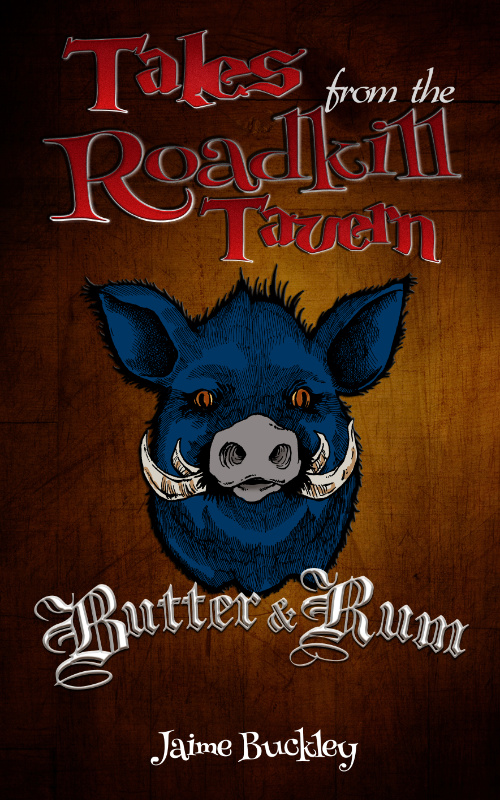 This can be a short story, novella, novel, etc. Just write a complete story from beginning to end. Think it's easy? Try it. You'll be plotting, world creation, developing characters that have their own lives, their own opinions, histories, expectations and passions, animals, plants, conflicts, events, growth opportunities, loves and betrayals. Essentially, you need to create another set of lives and make it entertaining.
This can be a short story, novella, novel, etc. Just write a complete story from beginning to end. Think it's easy? Try it. You'll be plotting, world creation, developing characters that have their own lives, their own opinions, histories, expectations and passions, animals, plants, conflicts, events, growth opportunities, loves and betrayals. Essentially, you need to create another set of lives and make it entertaining.
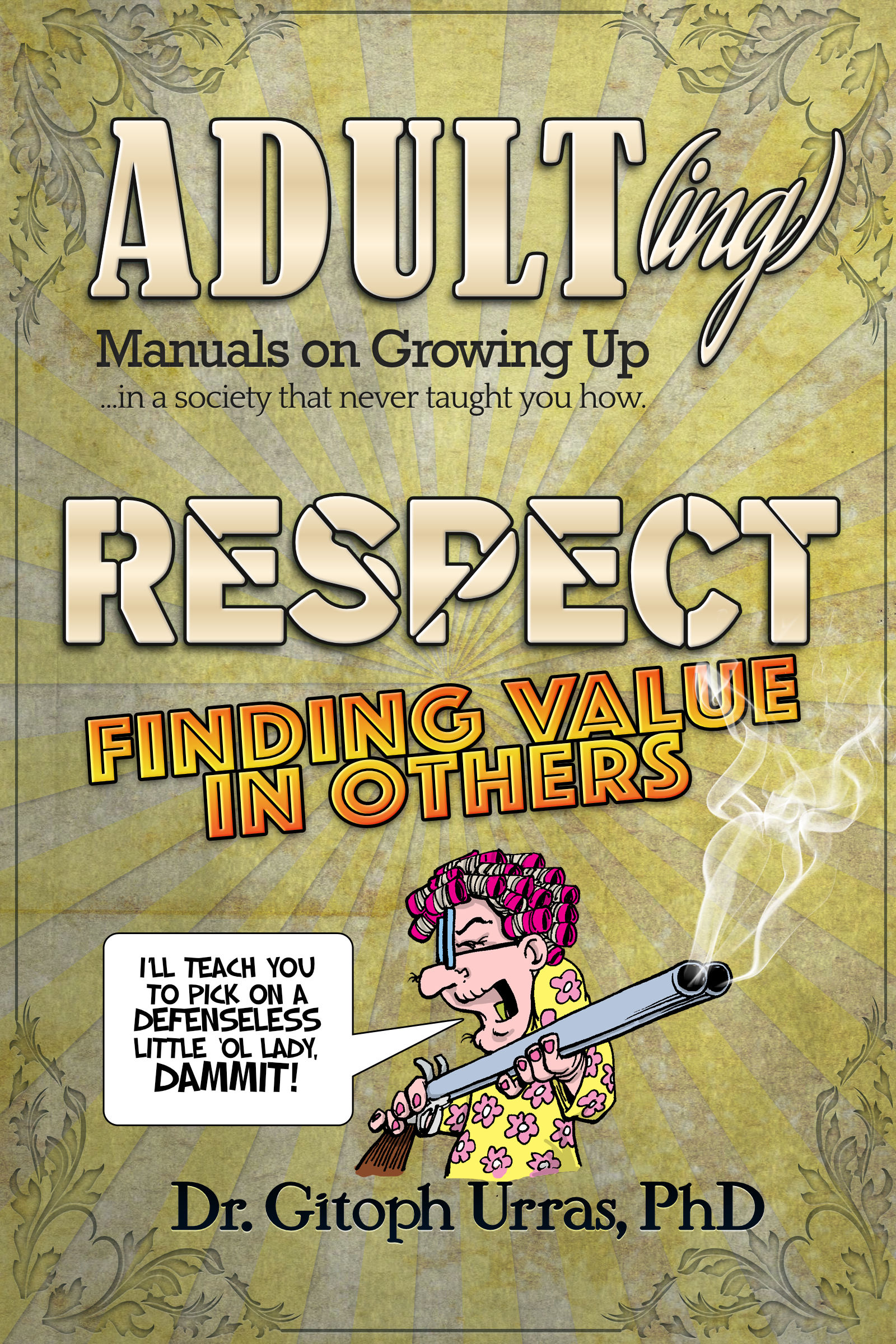 This isn't as easy as it sounds and it's also where you can usually tell if a book is self- published or not. I don't think my covers are perfect, but I do think they're getting better. Yes, you just read of an author knocking himself. But, hey, I don't claim to be anyone great -- I just want to share my stories.
Cover art is important...but your fonts used for the title are even more so. You can have a great piece of art and blow it with cheesy fonts. You can also have bad art and still do well if your fonts are clean and professional. Best tip: if you can't do a decent job yourself (and you know it)--hire out.
Awesome writers like J.A. Konrath (who have fantastic covers) share their sources right on their website, but one of the best articles I’ve found with examples of cover artists is: The Best Book Cover Designers for Indie Authors (custom and remade cover). Keep in mind that your cover art is 95% of your marketing, so don’t go cheap if you want this to work — invest in yourself. Expect to pay $300-$1000 for a dynamic cover to do the job.
Even I have decided to be more thoughtful and consider having another artist do my cover designs, and I’ve been a professional illustrator since 1986. You should let the specialists do their thing and reap the reward of good choices.
This isn't as easy as it sounds and it's also where you can usually tell if a book is self- published or not. I don't think my covers are perfect, but I do think they're getting better. Yes, you just read of an author knocking himself. But, hey, I don't claim to be anyone great -- I just want to share my stories.
Cover art is important...but your fonts used for the title are even more so. You can have a great piece of art and blow it with cheesy fonts. You can also have bad art and still do well if your fonts are clean and professional. Best tip: if you can't do a decent job yourself (and you know it)--hire out.
Awesome writers like J.A. Konrath (who have fantastic covers) share their sources right on their website, but one of the best articles I’ve found with examples of cover artists is: The Best Book Cover Designers for Indie Authors (custom and remade cover). Keep in mind that your cover art is 95% of your marketing, so don’t go cheap if you want this to work — invest in yourself. Expect to pay $300-$1000 for a dynamic cover to do the job.
Even I have decided to be more thoughtful and consider having another artist do my cover designs, and I’ve been a professional illustrator since 1986. You should let the specialists do their thing and reap the reward of good choices.
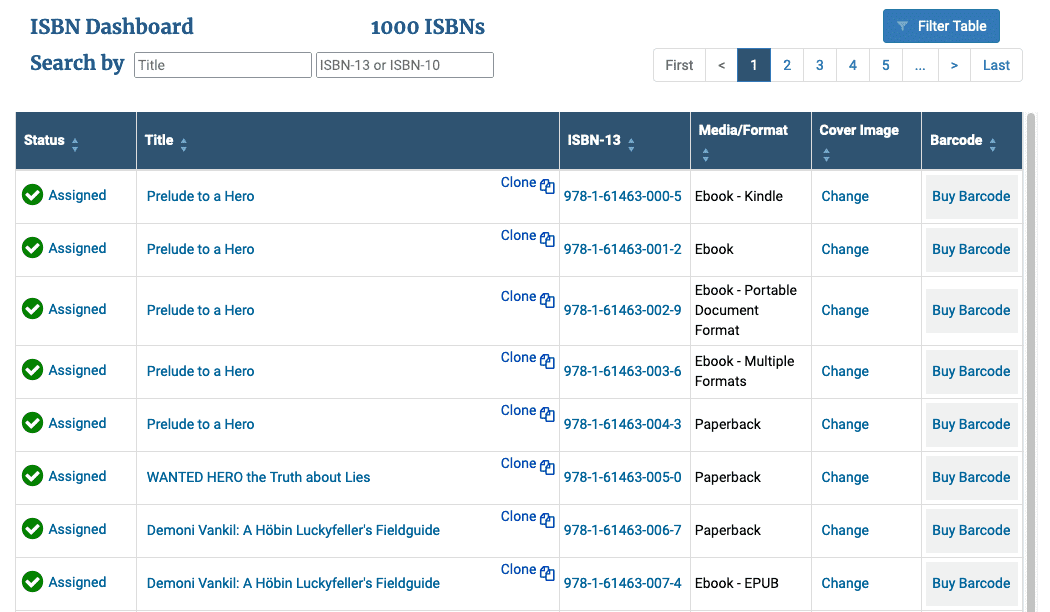 Here's where many new people fumble. You need an ISBN number for each version for your book. That means if you intend to publish in print, in .epub, in .mobi, in multi- format (Smashwords), and in audiobook form...you need five ISBN numbers.
That's right, five.
To be considered in premium distribution channels, many platforms require an exclusive ISBN number, but that’s not the real issue. When you publish in print, you want to control that ‘imprint’ title listed. For digital, Amazon made sure that didn’t matter — by ignoring your ISBN and issuing their platform ASIN number.
What that means for you is savings. Nearly every platform such as Amazon or Draft2Digital offers a free ISBN, so make sure you use that for your digital version of your book. When it comes to print, don’t let anyone control the ISBN but you. That means you’ll need to buy your own number(s).
TIP: Make sure you buy ISBN’s in bulk, when you go to Bowker. Here’s why: one ISBN is $125, 10 ISBN’s is $295, 100 ISBN’s is $575, but 1000 ISBN’s goes for $1500. I bought a thousand when they were $1 each, and I’ve already used about 110 of them. Use these sparingly and make sure to register them correctly as you do so.
Here's where many new people fumble. You need an ISBN number for each version for your book. That means if you intend to publish in print, in .epub, in .mobi, in multi- format (Smashwords), and in audiobook form...you need five ISBN numbers.
That's right, five.
To be considered in premium distribution channels, many platforms require an exclusive ISBN number, but that’s not the real issue. When you publish in print, you want to control that ‘imprint’ title listed. For digital, Amazon made sure that didn’t matter — by ignoring your ISBN and issuing their platform ASIN number.
What that means for you is savings. Nearly every platform such as Amazon or Draft2Digital offers a free ISBN, so make sure you use that for your digital version of your book. When it comes to print, don’t let anyone control the ISBN but you. That means you’ll need to buy your own number(s).
TIP: Make sure you buy ISBN’s in bulk, when you go to Bowker. Here’s why: one ISBN is $125, 10 ISBN’s is $295, 100 ISBN’s is $575, but 1000 ISBN’s goes for $1500. I bought a thousand when they were $1 each, and I’ve already used about 110 of them. Use these sparingly and make sure to register them correctly as you do so.
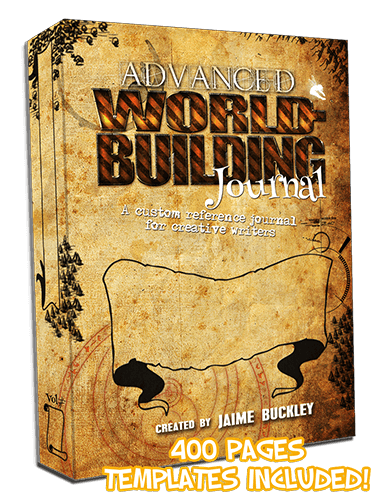 Amazon KDP for print is the best POD (print on demand) service available if you want paperbacks. Used to use Lulu but they’re WAY too pricey, and I’ve had other legal issues with them — so I recommend against them at every turn. No money for you. For hardback books, consider IngramSpark. If you’re looking for the most control over your books, and you want to sell them directly from your website, I cannot recommend Vervante enough.
You can cover all your bases with eBooks if you distribute through Amazon and Draft2Digital. Make sure to look into 'Universal Links'--you'll sell a lot more books.
Amazon KDP for print is the best POD (print on demand) service available if you want paperbacks. Used to use Lulu but they’re WAY too pricey, and I’ve had other legal issues with them — so I recommend against them at every turn. No money for you. For hardback books, consider IngramSpark. If you’re looking for the most control over your books, and you want to sell them directly from your website, I cannot recommend Vervante enough.
You can cover all your bases with eBooks if you distribute through Amazon and Draft2Digital. Make sure to look into 'Universal Links'--you'll sell a lot more books.
 TIP: Book bloggers are a vastly undertapped resource, and the key is to find the blog list of your particular genre and then start visiting sites. Each site has their own policies. Follow them. It's that simple. You either qualify or you don't--if you do, submit your book as they request and hope for a response.
Be prepared to be ignored some of the time. It's not because these bloggers are rude...but because they have so many books given to them. It's unfortunate for us, but that's life.
The rest of marketing, and I mean real/sustainable marketing, is creating relationships....while you make your next book. Oh, didn't I tell you? People are less likely to read your works, unless you have more than one. Preferably three or more. If you have at least three books in the hands of readers, you have an official start.
I love it. I love every moment of the process, even when it becomes overwhelming. Maybe I'm crazy. Maybe I love the challenge. What I do know is--I love writing for you.
There simply isn't any other labor I have engaged in that fulfills my emotional, mental, and spiritual needs than building a world to share with others.
TIP: Book bloggers are a vastly undertapped resource, and the key is to find the blog list of your particular genre and then start visiting sites. Each site has their own policies. Follow them. It's that simple. You either qualify or you don't--if you do, submit your book as they request and hope for a response.
Be prepared to be ignored some of the time. It's not because these bloggers are rude...but because they have so many books given to them. It's unfortunate for us, but that's life.
The rest of marketing, and I mean real/sustainable marketing, is creating relationships....while you make your next book. Oh, didn't I tell you? People are less likely to read your works, unless you have more than one. Preferably three or more. If you have at least three books in the hands of readers, you have an official start.
I love it. I love every moment of the process, even when it becomes overwhelming. Maybe I'm crazy. Maybe I love the challenge. What I do know is--I love writing for you.
There simply isn't any other labor I have engaged in that fulfills my emotional, mental, and spiritual needs than building a world to share with others.

My Background
I didn't start out as a YA Author. As far as I can remember, I always wanted to be a cartoonist--specifically a comic book creator. That dream was realized in 2005 when Wanted:Hero stories were put online for readers to buy and download. It was affectionately called an eComic (oh, how clever I thought I was at the time).

Writing Wanted Hero Stories Today
It was doing comic books that gave me a little taste of what I would experience with writing and completing YA Novels. The process is much of the same, though a little less artwork and a bit more writing. Each day, I wake up, go to the office and start writing around 3:00am...and stop at 6pm to have dinner and spend time with my wife and the children. So what does it take to create an actual book? Here's my short list, without the detailed descriptions:Write the book

Edit the book
This can be done in many ways, but the traditional route is to have professional do it for you. If you can't do that, learn the process yourself…just make sure to set the manuscript aside for a rest. If you're too close to the creative process stage, you'll make more mistakes. I say this from painful personal experience. Editors can be found all over the place, from pro's to college students. Prices vary, but you can expect to pay 1-2 cents per word as an average benchmark.Create your art
You might not need this, but in Wanted:Hero, I liked the thought of a few illustrations to liven up the pages. Who knows, maybe that's more of an emotional need than a practical one. However, you might be writing a book for youth and illustrations are important. Get those done.Format the book
Formatting used to be a pain, but not anymore. Too many writers saw an opportunity to solve this struggle and gave Adobe the middle finger, so we no longer had to use InDesign. There are two programs I own and can recommend: The first is Vellum, which is for Mac only; the second is Atticus, which is online and supports any computer. For eBooks though, you'll need a whole different form of formatting than print. Nothing irks me more than paying money--even a buck--for a book and find that there are formatting errors that bring up cruddy little symbols on my eReader. That’s why Vellum and Atticus rock — they format for both print and digital. Perfect formatting, every time, with various options available from each. Just pick your poison and use it.Design a cover

Get your ISBN's

Publish your book

Market your book
Now comes the not-so-fun part. You've published your own book...but very few will read your works. Why? Two things: First, they don’t know you exist. Secondly, stigma — created by others who don't take pride in their work. It's unfortunate, but there are some who are willing to sift through the manure to find the pony.

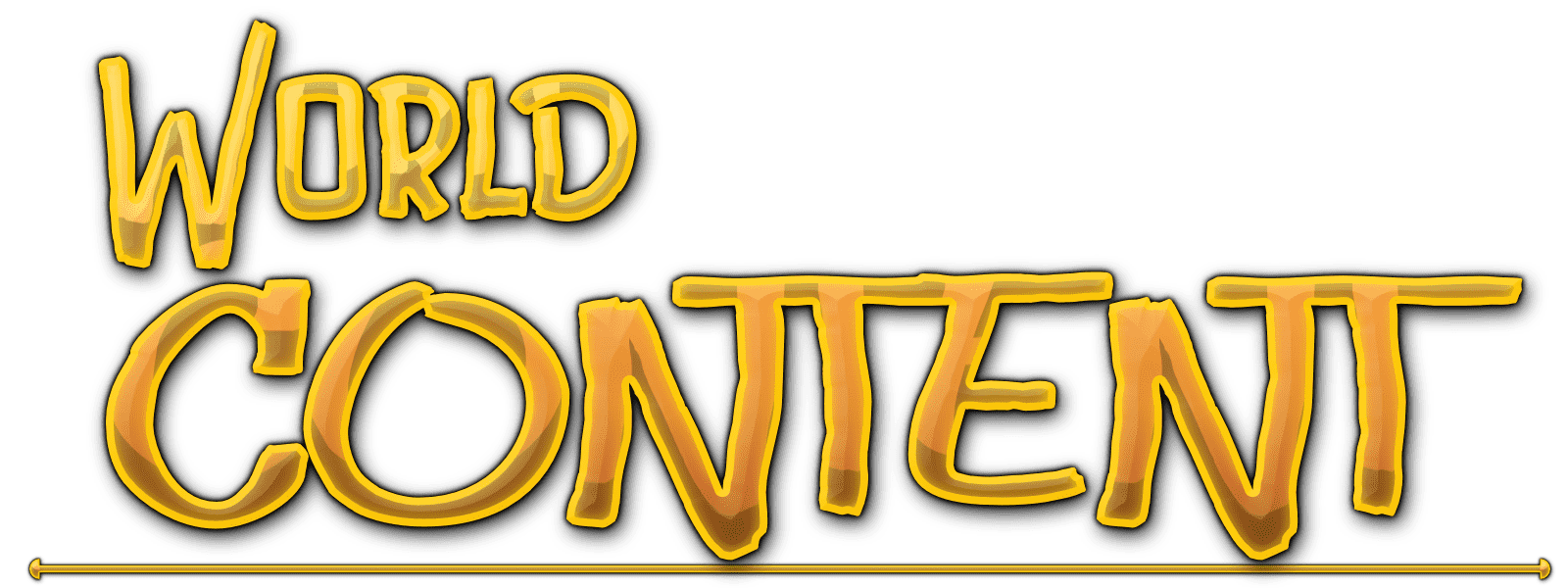
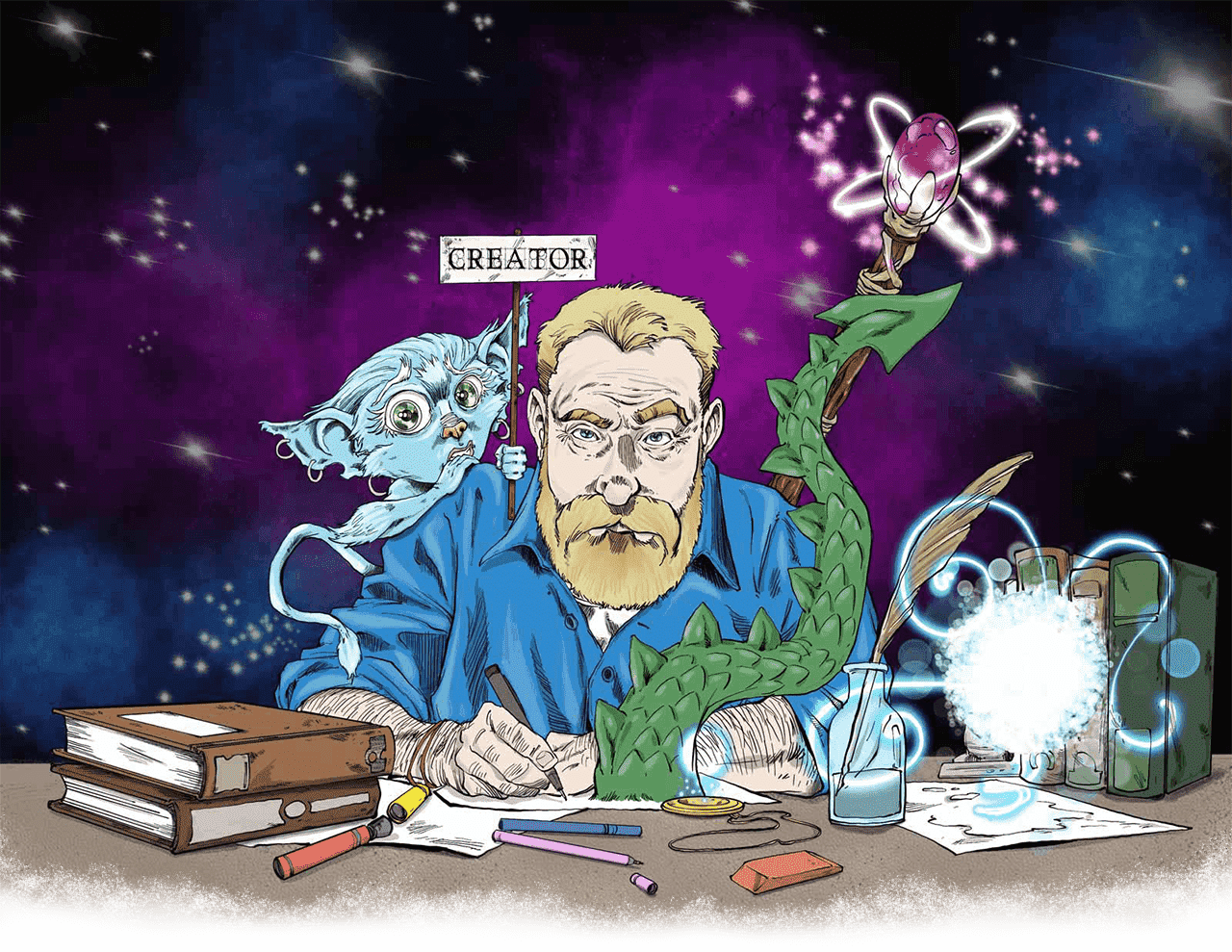



Comments